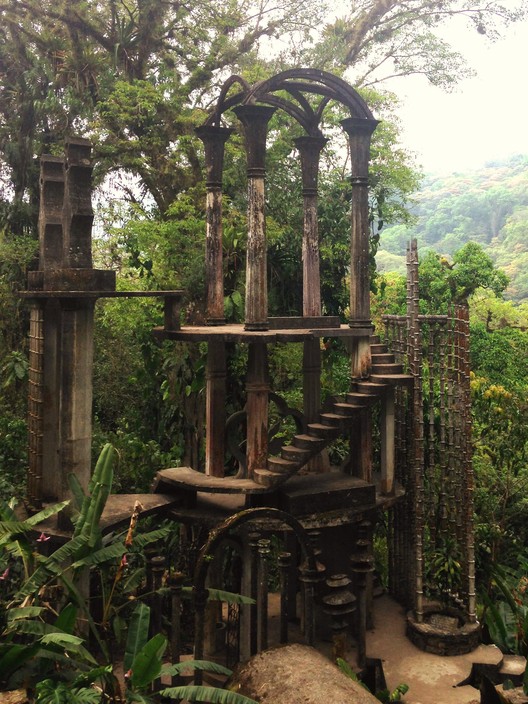
Edward James, one of the most eccentric and interesting twentieth-century collectors of surrealist art, arrived in Xilitla, Mexico at the end of the 1940's. The British writer was captivated by the splendor of the landscape of "Las Pozas" (The Wells), where he created a fantastic home, which includes a unique sculptural space unlike any other in the world.
Surrealism, whose sources of creation are found in dreams and the subconscious, in theory, could never be used to build things in real life. Edward James - described by Salvador Dalí as "crazier than all the Surrealists together" - designed a sculpture garden that defies any architectural label and allows a glimpse of something new, moving between fantasy and reality.
Columns with capitals that look like giant flowers, gothic arches, dramatic gates, pavilions with undetermined levels and spiral staircases that end abruptly in mid-air, as if they were an invitation to the horizon. In short, Edward James made concrete flourish along the lush flora and fauna of Xilitla, making surrealist architecture possible.























